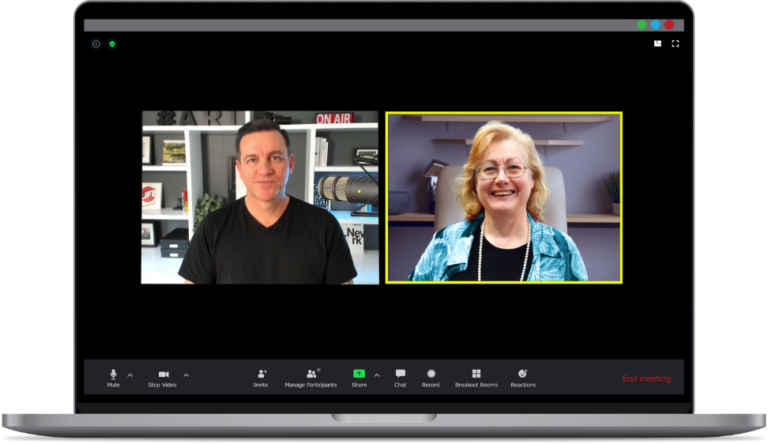Winning copy is all about your customer – SPIN your website for success
Back in 1991, a computer programmer called Tim Berners-Lee introduced the World Wide Web – an online web of information. Thirty years on, your website is the online shopfront of your business.
Meanwile, just three years earlier (after 12 years of research and 35,000 sales calls) Neil Rackham published the sales classic Spin Selling. It’s as valid today as it was in 1988 – because people don’t change nearly as quickly as technology does.
The basics of selling are still the same – and it’s all about the problem you solve. People still have needs they will pay money to fill – and businesses have solutions to those needs.
But before your customers interact with a sales person, they interact with you website. So it can be useful to think of your home page as your shopfront – and your landing pages are your sales people.
And the principles of SPIN selling are a useful framework for developing your website copy.
Why use SPIN?
Way too many web pages are written by product experts extolling the features of their products. That’s back to front.
It’s the equivalent of walking into a car showroom and having a pushy salesperson ear-bash you with a stream of technical specifications. The chances of you buying a car from this dealer are probably pretty low.
SPIN reminds us to put the customer first and ask:
- Who are is my customer and what is their context? (Their Situation)
- What are my customers problems and what is the ongoing cost to them of not solving their problems? (Their big Problem)
- How does having that problem impact my customers over time? (The Implication)
- What needs to happen to solve their problem and what will they experience when it’s solved? (How you supply their Needs & the payoff they get.)
You can’t have a conversation with every customer who visits your website – but you can structure your home page and your landing pages to demonstrate that you understand them AND that you have the solution they need.
So lets take a brief stroll through the 4 SPIN steps…
Situation
What are the circumstances your customers finds themselves in?
- Are your customers people who love to drive hot cars (and you sell them mag wheels and performance suspension)?
- Are your customers tech-dependent SMBs (and you offer IT managed services)?
- Are your customers budding property investors (who need investment loans)?
Problems (Pains)
What are the problems your customers experience in those circumstances?
- Do those lovers of hot cars struggle to find truly unique wheels that look exactly right on their vehicles?
- Are those tech-dependent SMBs continuously struggling with mis-matched, slow systems?
- Are those budding property investors facing a wall of indifference from mainstream lenders?
Implications
What does that problem MEAN for them? What continues if nothing changes?
- Will those car lovers feel dissatisfied every time they see someone else with the same wheels they’ve got?
- Will those SMBs continue to experience severe productivity problems, along with endless frustration and poor staff morale?
- Will those property investors pay too much to a big lender? Or wait for years to get a start on their wealth-building plans?
Need & Payoff
What do they need and how will filling that need payoff in their lives?
- Would the sports drivers enjoy “the ride of their life every day”, knowing their vehicle looks unique – and handles like a dream?
- Would those SMBs be able to get more done with fast, reliable, integrated systems?
- Would those property investors be able to start their portfolio earlier and earn financial freedom sooner?
How well can you tell the story of your customer’s situation, the problems they know they face and the problems outside their awareness? Can you paint a clear picture of their lives without a solution?
How well do you tell the story of why they need you and how they’ll benefit from what you do?
Does your website talk too much about YOU?
Take a good look at your copy from your customer’s perspective. Is it talking about them and their situation and their problems? Is it talking about the benefits they experience and what it means for them?
Or is it talking about your expertise and the features you offer?
Do you have a website that’s about as much use as the sandwich-board outside your office – or is it an engaging introduction that says:
- We know who you are….
- We know what you’re struggling with…
- We know how you can get what you want (or need)…
- When you work with us things will be better because…
Want to know more about SPIN?
SPIN Selling is the result 12 years of serious selling experience – so it’s about way more than this 4-step process. It’s book that’s well worth studying in detail. There’s a good summary in this Hubspot article: SPIN Selling: The Ultimate Guide.
It’s not the only tool out there – but its 4 basic steps are a nice framework for building anything from a landing page to a video script.
If SPIN doesn’t do it for you, find another tool that helps you let go of “what we do” and take the customer perspective. (Or find a copywriter who asks you about your customer’s problems, not just your solutions.)








